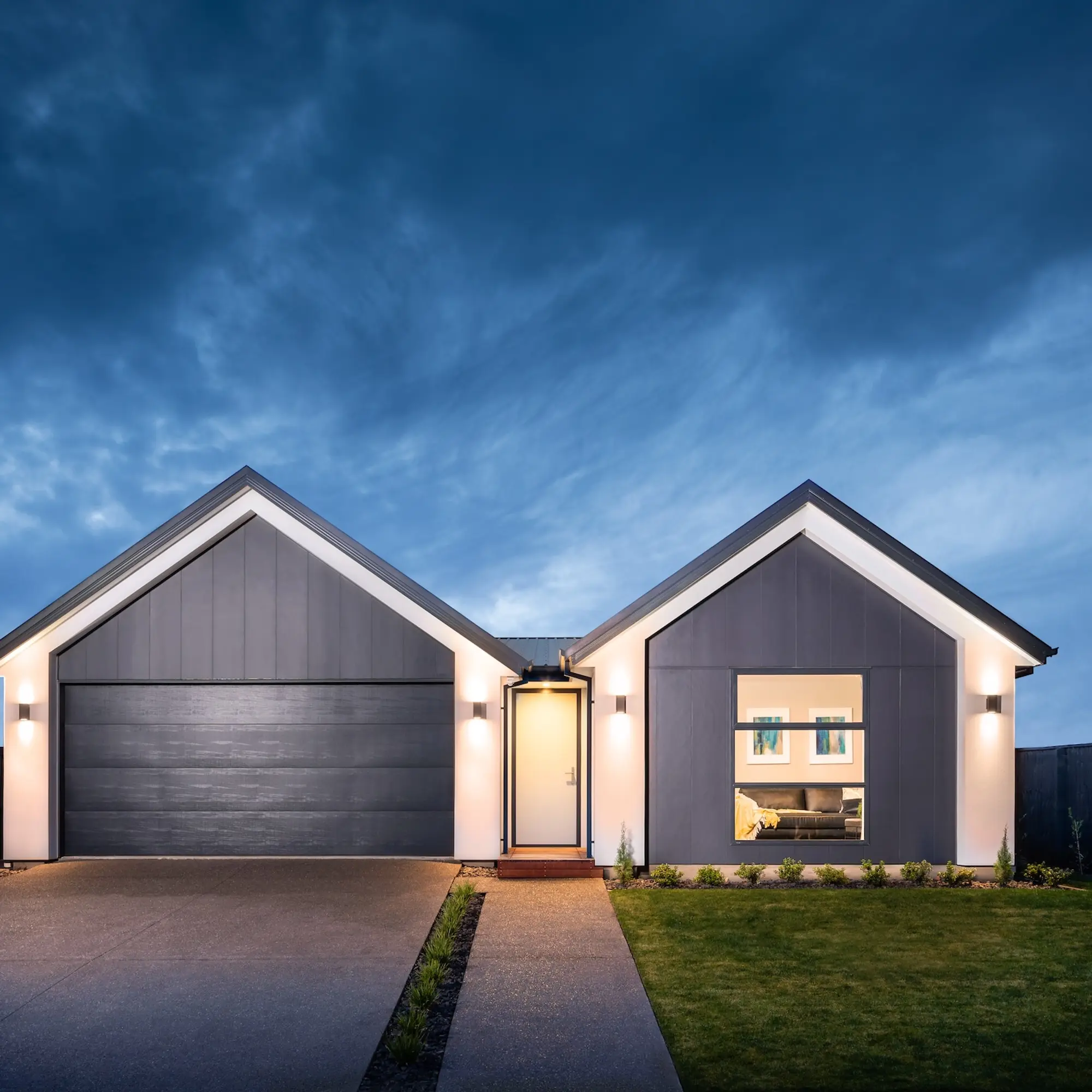
Adam Leath 9 September 2025
New Build vs Pre-Existing: Which Investment Property Works Harder for You?
When building a property portfolio in New Zealand, one of the key decisions is whether to invest in a new build or a pre-existing home. Both have merit. But understanding the financial, legislative and practical differences between the two can sharpen your strategy and help position your investments for long-term performance.
Deposit requirements: new builds give you a head start
Under the Reserve Bank’s current loan-to-value ratio (LVR) settings, new builds are exempt from investor restrictions. That means you can often secure a new build investment with a 20% deposit. In contrast, pre-existing properties typically require 30%. For a $700,000 investment, that’s the difference between needing $140,000 and $210,000 upfront. For many investors, especially those leveraging equity or building quickly, that gap is meaningful. It can unlock earlier access to the market and faster compounding gains.
Tax Treatment: Now a Level Playing Field
As of 1 April 2025, interest deductibility has been fully reinstated across all residential investment properties. Whether your asset is brand new or decades old, you can now claim 100% of your mortgage interest as a tax-deductible expense. Previously, this advantage was exclusive to new builds. That’s no longer the case. From a tax perspective, both asset types are treated equally when it comes to interest deductions.
The bright-line test has also been simplified. For properties acquired on or after 1 July 2024, capital gains tax applies if you sell within two years. Again, this applies to both new and existing homes.
Area can affect your growth
Historically, pre-existing homes in central or established suburbs have delivered strong capital gains. Larger land parcels and proven locations have been key drivers. However, that trend is evolving. Recent CoreLogic data shows that some newer growth suburbs are now delivering comparable, and in some cases stronger, annual appreciation. In areas like Rolleston and Silverdale, annual growth rates of 4.5% to 5.5% are common. In contrast, older suburbs are beginning to level off as affordability caps start to bite. When assessing capital growth potential, location and demand drivers matter more than whether the home is new or existing.
Maintenance & Compliance: No Surprises with New
Pre-existing homes might offer charm and central locations, but they often come with higher ongoing maintenance costs. New builds, in comparison are move-in ready and built to the latest code. New builds all have heat pumps, double glazing and full insulation up to the healthy home's standard. This is all backed in our case at Mike Greer by a 10-year Master builder’s Guarantee. That not only protects your cash flow but can be a drawcard for better tenants. In a tight rental market, tenants are often willing to pay a premium for a warmer, drier, healthier home. Especially when it comes to families.
Rental Demand & Yield: Slight Edge to New Builds
In high-growth areas, new builds are hitting the sweet spot of modern appeal and affordability. Younger renters are increasingly prioritising newer homes, and rental demand in new developments is being driven by both lifestyle and location. Particularly seen in areas with new schools, parks, and transport links. Yields for new builds can range from 4.5% to 5.2% depending on the location and type of property (MBIE rental data, 2024). Older homes generally meet and can exceed these yields but may requires significant upgrades to meet healthy homes standards and can have less appeal if there are similarly priced new build rentals nearby.
Which Is Better?
New Builds
- Deposit Required - 20%
- Interest Deductibility - Yes
- Brightline Test - 2 Years
- Maintenance - Low and Predictable
- Rental Yield - Competitive
- Capital Gains - Better in Growth Suburbs
- Tennant Appeal - High
Pre-Existing Homes
- Deposit Required - 30%
- Interest Deductibility - Yes
- Brightline Test - 2 Years
- Maintenance - Higher and Varied
- Rental Yield - Varies
- Capital Gains - Stronger in well-established zones
- Tennant Appeal - Depends on condition
Final Thought: Time, Not Timing
New builds offer practical advantages. Lower deposits, predictable costs, fewer compliance surprises and solid tenant demand make them a smart option for scalable investing. That said, a well-located, pre-existing home with renovation potential and strong underlying land value can still outperform. Especially if you're holding long-term and have access to equity and improvement capital. Ultimately, the best investment isn't defined by whether it's new or old. It's defined by how well it fits into your broader strategy.
If you're considering a new build approach, let's talk. Here at Mike Greer Property Partners, we are here to help